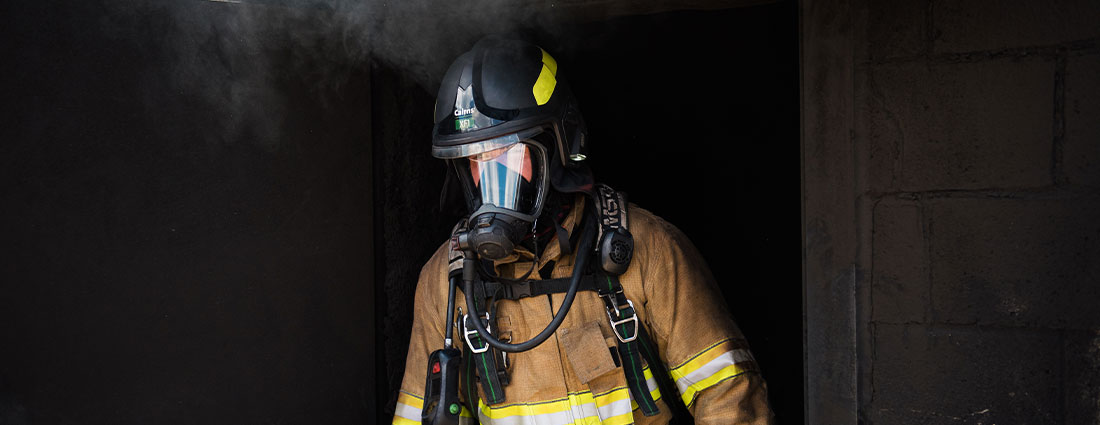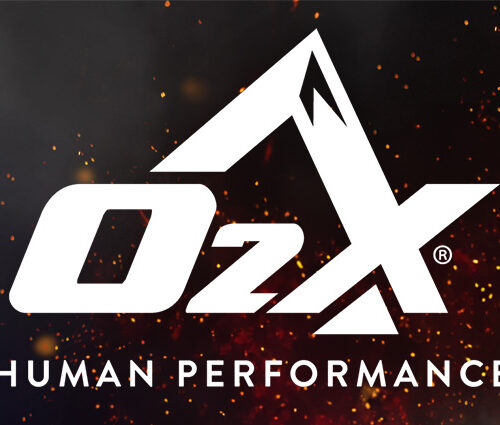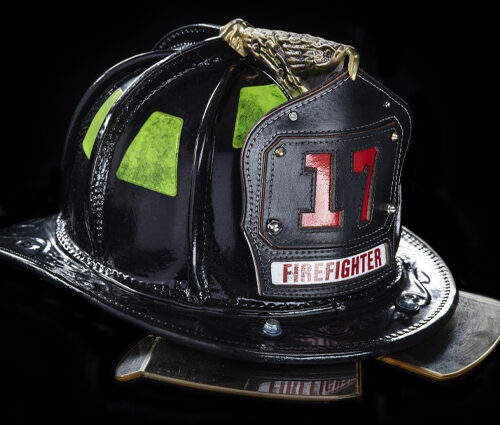
As the fire service becomes more aware of the potential health effects from occupational exposure to hazardous contaminants, personal protective equipment (PPE) manufacturers, and fire departments have responded by developing and implementing improved means of firefighter protection, including more frequent laundering of PPE after exposures. While laboratory testing of new PPE designs and the effect of laundering on PPE fabric provides a useful way to evaluate these approaches, laboratory scale testing does not necessarily translate to full garment protection.
In a recently published article in the Journal of Occupational and Environmental Hygiene, researchers detail the methodology for and findings from this study, the latest in an ongoing series of projects between Illinois Fire Service Institute Research, UL Firefighter Safety Research Institute, and NIOSH.
Utilizing a fireground smoke exposure simulator, along with air and/or filter-substrate sampling for polycyclic aromatic hydrocarbons (PAHs) and benzene, this pilot study tested the chemical-protective capabilities of firefighting PPE of different designs (knit hood vs. particulate-blocking hood, turnout jacket with zipper closure vs. hook & dee closure), including the impact of repeatedly exposing and cleaning (through laundering or decontamination on-scene) PPE 40 times.
Findings from the research include, but are not limited to:
- PAH contamination on filters under hoods in the neck region were higher than samples taken under jackets in the chest region.
- PAH levels measured under particulate-blocking hoods were lower than levels found under knit hoods.
- Zippered closures were found to provide a greater reduction in PAHs compared to hook & dee closures. However, neither design element completely eliminated contaminant ingress.
This research was supported by the U.S. Department of Homeland Security Fire Prevention and Safety Grant #EMW-2015-FP-00646 and by MSA.
Read the full article for more information.
Alexander C. Mayer, Gavin P. Horn, Kenneth W. Fent, Steve J. Bertke, Steve Kerber, Richard M. Kesler, Hannah Newman & Denise L. Smith (2020): Impact of select PPE design elements and repeated laundering in firefighter protection from smoke exposure, Journal of Occupational and Environmental Hygiene, DOI: 10.1080/15459624.2020.1811869






